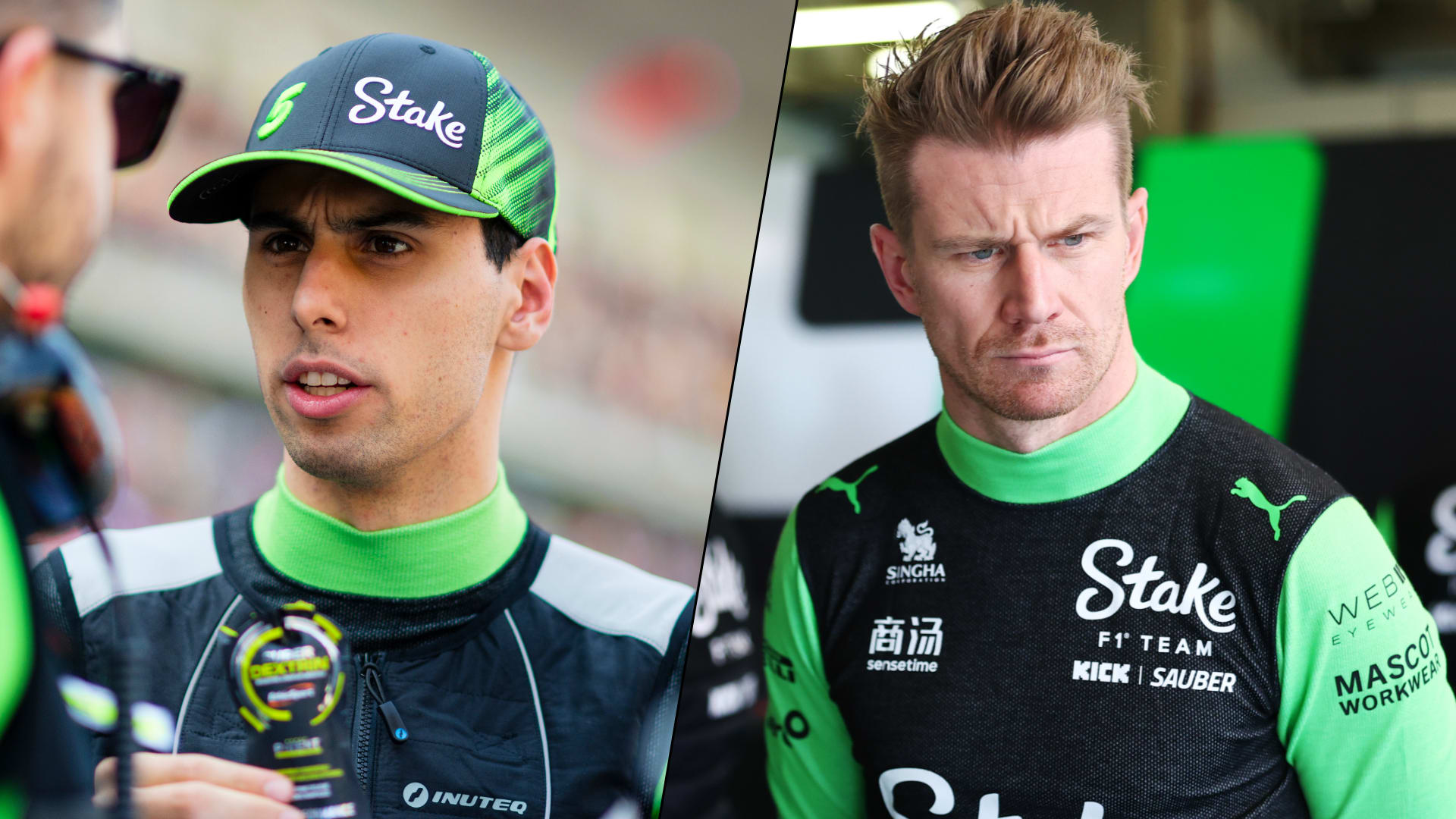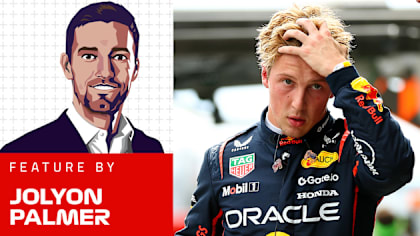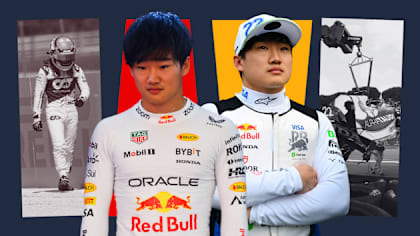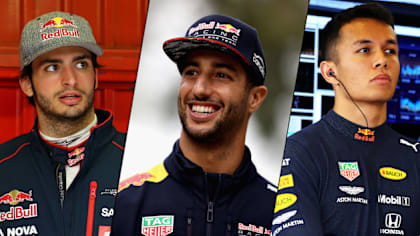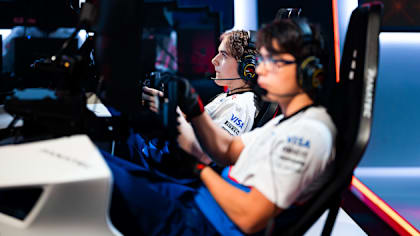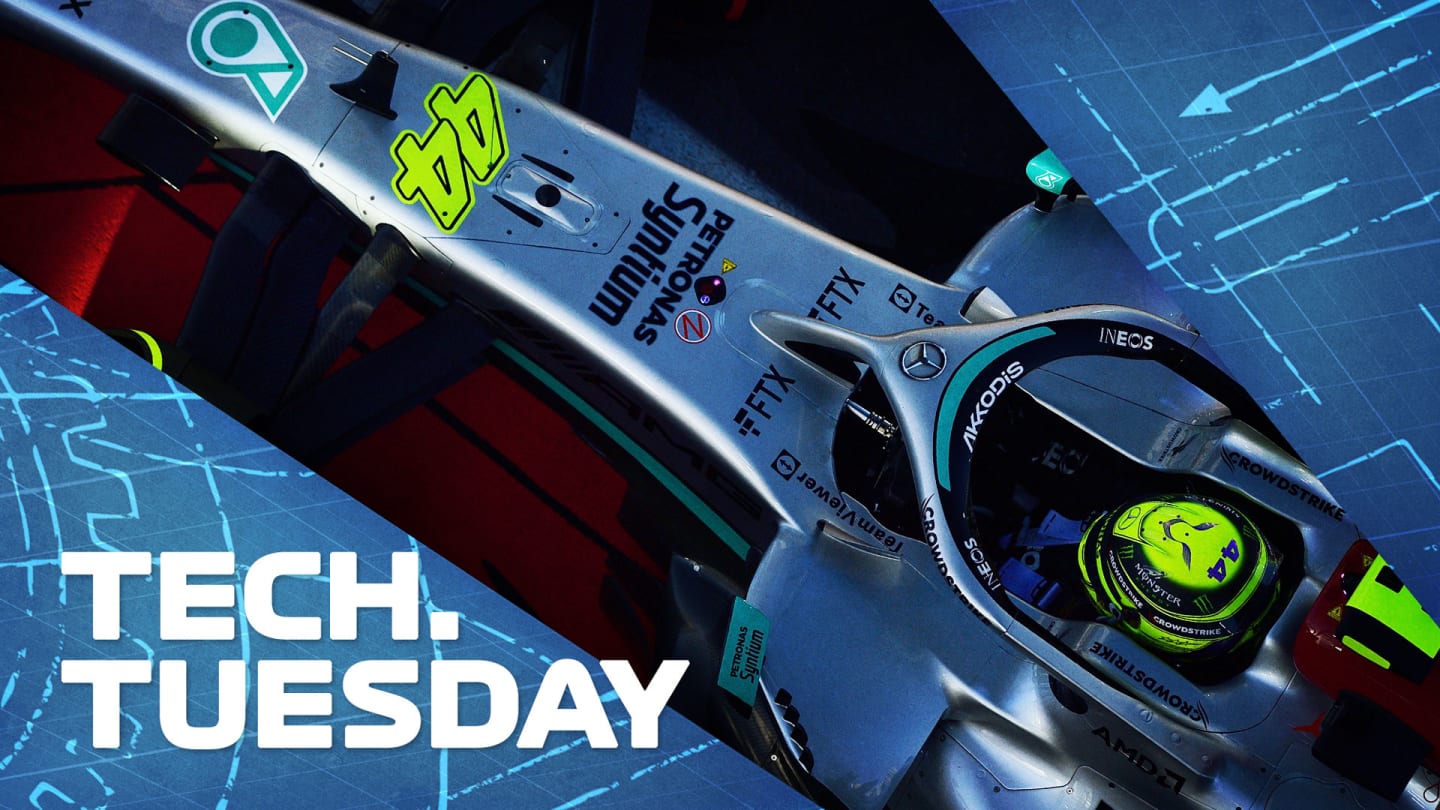
Technical
TECH TUESDAY: The major Mercedes update expected to land in Melbourne

Share

Mark Hughes anticipates a significant update to the Mercedes W13 for this weekend's Australian Grand Prix as the Silver Arrows attempt to claw back performance. Giorgio Piola provides technical illustrations.
Mercedes are set to make the first major hardware change to their car this weekend in Melbourne. We expect to see an all-new rear wing at the very least and possibly some accompanying changes to the floor.
These are the first of what the team hope will be a development programme that can access the potential they believe is within their W13 design. But it is only a sticking plaster-type mitigation of the underlying aerodynamic problems, for which a deeper solution is required, and which the team is researching.
READ MORE: The power unit gains behind Ferrari's Bahrain Grand Prix 1-2
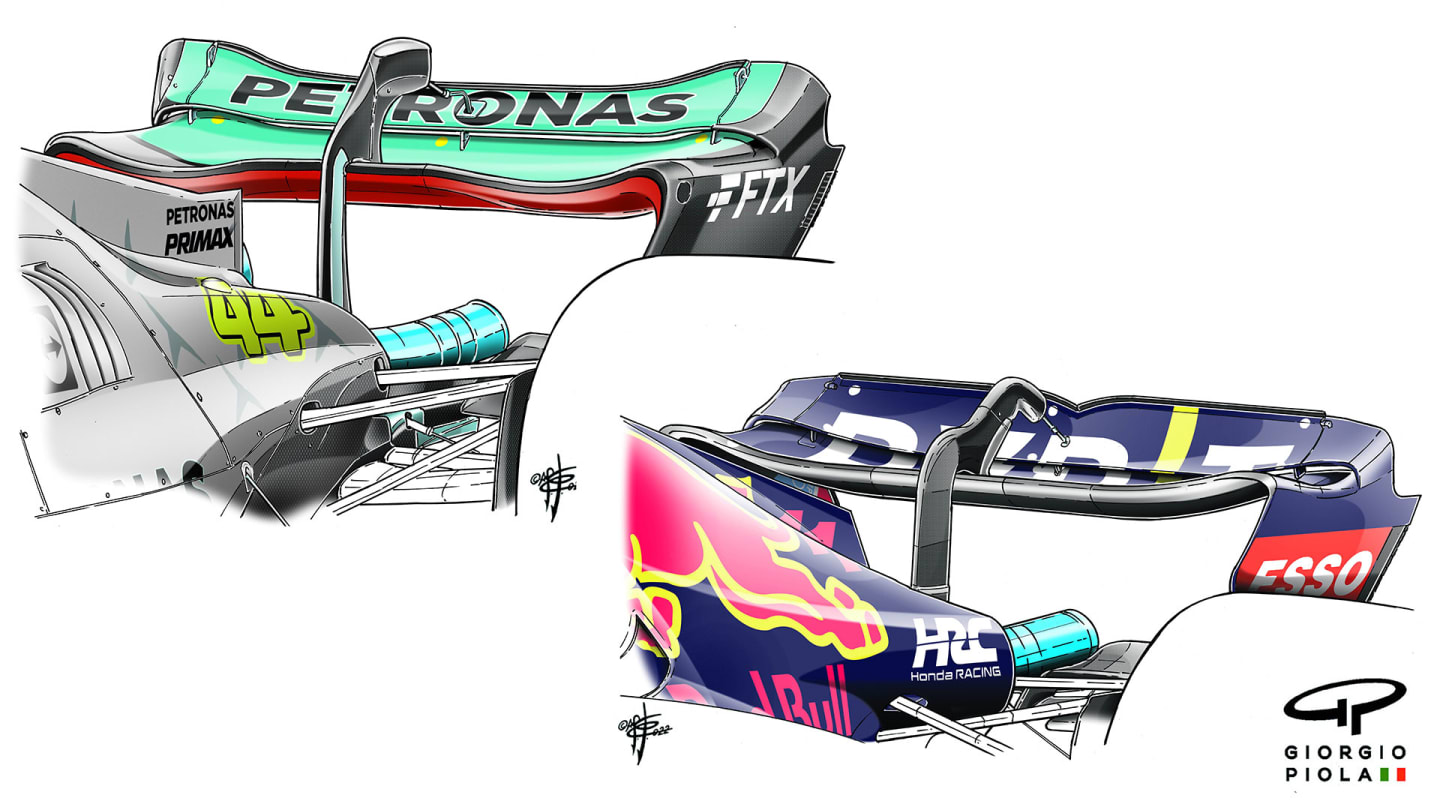
A comparison of the rear wings used by Mercedes (L) and Red Bull (R) in Jeddah illustrates how much more area of mainplane was carried by the Mercedes. This is expected to be significantly reduced with the wing to be introduced in Melbourne.
Because of the severe porpoising problem suffered by the car, the team has had to run it with a very different aerodynamic set-up to that around which it was developed in simulation. This has had an impact upon the designs of the rear wings chosen. The porpoising problem has meant the car cannot generate the underbody downforce which simulation suggested was possible, and the only way of keeping the problem under control has been to increase the ride height.
As discussed in last week's Tech Tuesday, that is a very inefficient way of avoiding the porpoising threshold, as it simply reduces downforce without much reduction in drag. In some cases, the drag may actually increase. A preferable way of keeping the car from that problematical threshold would have been to run a lower-downforce rear wing – but these were not available as they had still not been made.
READ MORE: Red Bull and Ferrari's wildly different solutions to the challenge of Jeddah
Under the cost cap regulations, teams are being much more disciplined in how and when they manufacture spare components. Essentially, the lower downforce wings which could have helped ease their problems in both Bahrain and Saudi Arabia were not ready as it had not been anticipated they’d be needed.
The wing used in Jeddah was indeed a lower downforce wing than that used in Bahrain, but it was not ready in time for that first race. There is another lower downforce wing even than that which was used in Jeddah, which was not available there, as it was still in the manufacturing process.
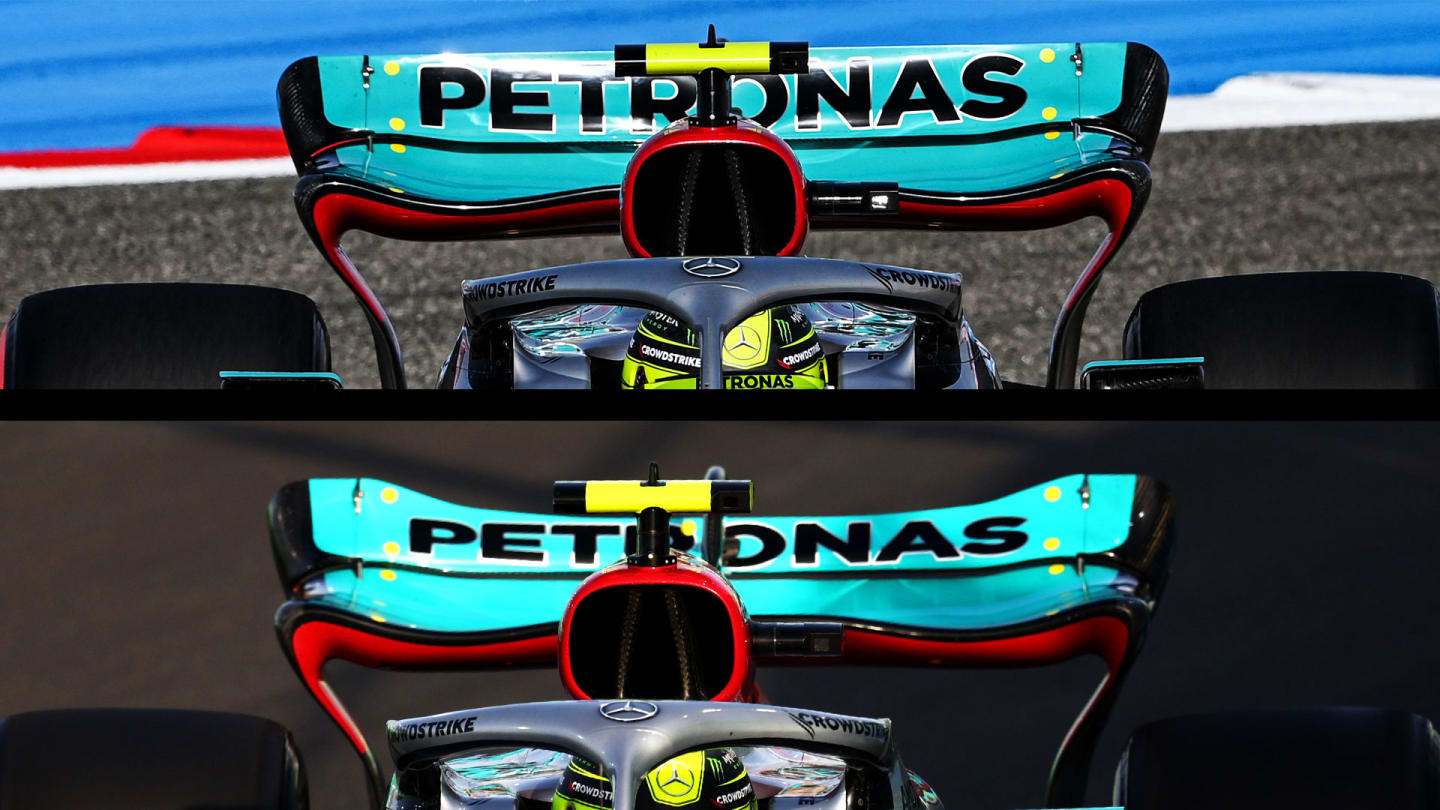
The wing used by Mercedes in Jeddah (below) would ideally have been available for Bahrain rather than the higher-downforce one used there (above). But it wasn’t available at that time.
The rear wing set to debut this weekend in Melbourne is expected to have a much smaller section mainplane than that used in Jeddah, despite Albert Park generally being a higher downforce track than Jeddah. That said, the changes which have been made to the track layout, in particular the removal of the former Turn 9-10 chicane (replaced by a flat-out section up to the fast chicane) mean the Australian track will be more rewarding of low drag than before. Though not to the extent of Jeddah.
Essentially, the Mercedes W13 has been carrying more rear wing than the team would ideally have liked given the higher ride height they have been forced to run the car with. In Melbourne, hopefully that will not be the case. But that still leaves the underlying problem of how to cure the porpoising problem. This may entail a complete redesign of the floor.
As an average over the two races, the Mercedes has qualified around 0.7s off pole position. Although we may see a more competitive W13 this weekend, this should be just a step on the way to a more fully-realised solution.
Tap here to find out more about F1 TV, including enhanced race coverage, exclusive shows, archive video and more.
YOU MIGHT ALSO LIKE
FeatureF1 Unlocked PALMER: Why has Lawson struggled at Red Bull – and should they swap him for Tsunoda?
Feature From rookie rage to an ‘outstanding’ all-rounder – Tsunoda’s rollercoaster ride to a Red Bull seat
Feature IN NUMBERS: How Verstappen’s team mates fared against him with Tsunoda the latest to step up
Video LIVESTREAM: Watch all the action from Round 10 of the 2025 F1 Sim Racing World Championship as the drivers tackle Interlagos
